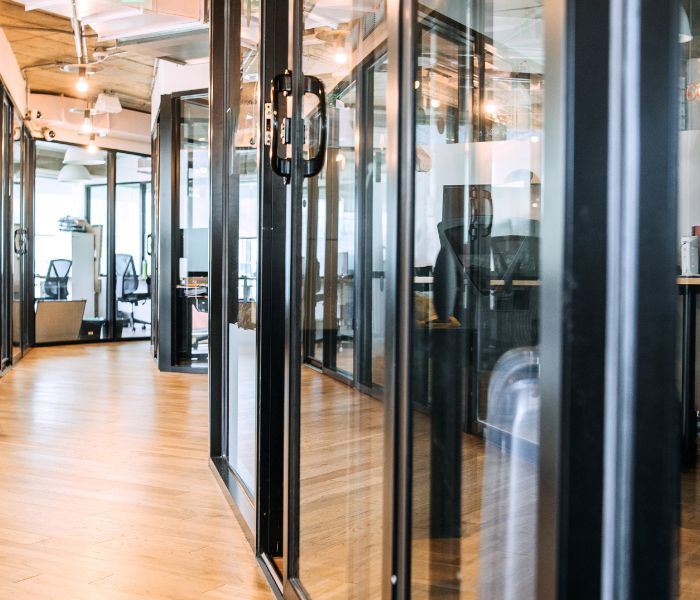Why Adopt A Hybrid Workplace Strategy?
According to a recent survey by WillsTowersWaton, 70% of employers have taken action to increase workplace flexibility to support retention. Many plan to pursue a hybrid workplace strategy where most employees work some days in the office and other days from home.
A hybrid workplace strategy is compelling because it creates two big opportunities. First, by concentrating on employee experience, organizations can improve the productivity of the workforce while simultaneously enhancing employee satisfaction. Second, organizations have the opportunity to improve the performance of their real estate portfolios through optimization and workplace design.
In the midst of what many workforce experts have deemed ‘The Great Resignation,’ most companies are struggling to attract and retain workers. In survey after survey, employees report their desire to achieve a better balance between work, family and personal life. Employees want more flexibility and choice in their work arrangements. Most want to continue to work from home at least part of the time. In order to compete for talent, organizations will need to adopt hybrid strategies for their workplace, increase flexibility and focus on enhancing the employee experience both at the traditional workplace and the home office.
How Are Organizations Approaching a Hybrid Workplace and Real Estate Strategies?
Most commonly, organizations anticipate employees will come into the office between two and three days each week. More than half of organizations anticipate the hybrid workforce will soon lead to decreases in the amount of office space required; for now, organizations are making changes to portfolios slowly.
Here are some of the questions that must be tackled in order to adopt a hybrid workplace strategy:
-
- Which employees need to come to the office?
Many organizations are dividing employees into three groups of employees: those who work exclusively from home, those who are full-time in the office, and those with a hybrid pattern. - How much should hybrid employees work in the office?
Most organizations are starting with either 2 or 3 days in the office and 2 or 3 days at home. Organizations that want to support more employees in the office and more days in the office will need to retain more workspace to right fit the portfolio to their hybrid model. - What types of work will employees do in the office environment?
Organizations will need to determine how much time employees will spend in solitary work versus collaboration in order to ensure the right mix of spaces. - Will meetings and collaboration dictate that all employees need to be in the office on the same day? Some companies are mandating one day each week when every employee needs to come to the office. While this makes it easier to schedule all-hands events and ad hoc in-person meetings, it also means maintaining enough space for everyone one day per week.
- How will the organization ensure fairness in terms of amenities and benefits between on-site employees and hybrid/remote?
HR and facilities will need to put their heads together to ensure one category of employee does not benefit unfairly from the new hybrid strategy. For example, some organizations might start to provide commuting stipends or free parking spaces for employees coming to the office, since remote employees have no commuting costs.
- Which employees need to come to the office?
With the pace of digital workplace transformation accelerating and the competition to attract and retain employees heating up, organizations have no time to lose in adopting digital and hybrid workplace strategies. Today, most organizations are embracing a post-pandemic hybrid workplace that incorporates working remotely with working onsite in different kinds of workplace designs.
Every organization needs to find its own unique balance of flexibility versus consistency and its best mixture of collaborative versus individual work spaces to meet employee needs. Workplace transformation will be an iterative process of making changes, measuring results, listening to employees and improving the plan. Organizations will need workplace data and new technology—including sensors, Workplace Management Solutions, workplace analytics, and visitor management—in order to maximize the efficiency and effectiveness of facility operations and right-fit the real estate portfolio.












